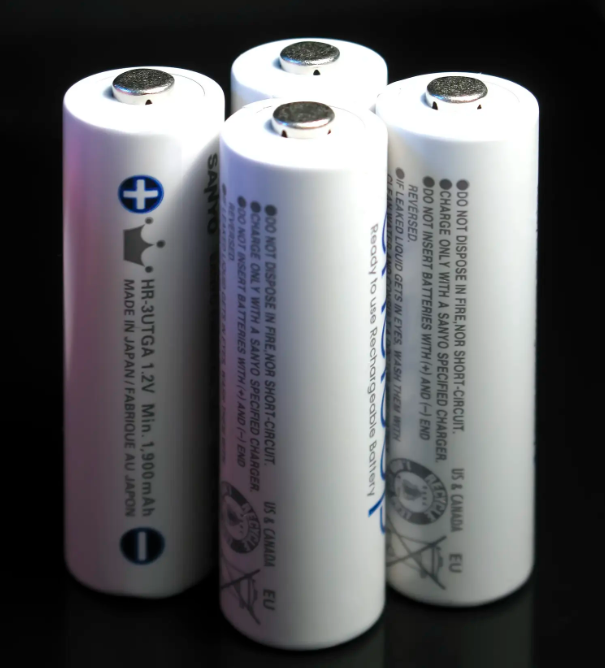当前位置:首页 / 墙绘画资讯 / 正文
- ← The best couple marriage formula for 12 zodiac signs Communication and Protocol →
-
0
Principles and Application of Lithium Battery Step-up Technology
墙绘画资讯 | zhushican发表于2025年03月14日 | 406个浏览 -
With the widespread use of portable electronic devices, lithium batteries have become one of the most popular battery types due to their advantages such as high energy density, memory-free effect and long cycle life. However, in order to meet the operating voltage requirements of different devices, the boost and bucking technology of lithium batteries is particularly important. This article will explore the principle of boosting and bucking of lithium batteries and the methods to achieve these conversions.
Lithium battery boost principle
Boost Converter
A boost converter is a DC-DC converter that increases the lower input voltage to a higher output voltage through the energy storage of the inductor. The basic working principle is as follows:
Charging phase: When the switching element is closed, current flows through the inductor, and the inductor stores energy;
Discharge stage: The switching element is disconnected, and the current continues to flow due to the self-inductance of the inductor. At this time, the diode allows current to flow to the output capacitor and load, and the output voltage is higher than the input voltage.
Boost method
Switching frequency optimization: By adjusting the switching frequency, the boost ratio can be improved without affecting efficiency.
Inductance value selection: The appropriate inductance value can reduce ripple current and improve system stability.
Output Filtering: Using the appropriate output filter capacitor can reduce the ripple of the output voltage.
Lithium battery step-down principle
Buck Converter
The buck converter is also a type of DC-DC converter, and its function is to reduce the higher input voltage to the lower output voltage. Its working principle is as follows:
Charging phase: When the switching element is closed, current flows through the inductor, and the inductor stores energy;
Discharge stage: The switching element is disconnected, the current in the inductor flows freely through the diode, maintaining the load current, and the output voltage is lower than the input voltage.
Method of bucking
Duty Cycle Control: The output voltage is adjusted by changing the ratio of the on-time and period time of the switching element, that is, the duty cycle.
Synchronous rectification: Using synchronous rectification technology to replace traditional diodes can improve efficiency.
Soft start: Using soft start technology can avoid current impact during startup and protect the circuit.
Application scenarios
The step-up technology of lithium batteries is widely used in various portable devices, such as smartphones, tablets, laptops, etc. These devices usually need to switch voltages in different operating states to meet different processor speeds, screen brightness and other needs.
in conclusion
The boost and buck technology of lithium batteries is a key link in modern electronic product design. Through reasonable circuit design and component selection, voltage conversion can be effectively realized while ensuring the stability and efficiency of the system. With the continuous enhancement of electronic products' functions and the improvement of power management requirements, lithium battery step-up technology will continue to develop to meet more complex and changeable application needs.
https://www.senyafactory.com:Portable Power Station Factory Portable Power Station OEM Portable Power Station Manufacturer
推荐您阅读更多有关于“”的文章
本站业务:南昌墙绘画 南昌手绘 南昌手绘公司 江西墙绘 -
猜你喜欢
- 最近发表
- 标签列表
- 最近发表
本站业务:南昌墙绘画 南昌手绘 南昌手绘公司 www.ic.vip
Copyright 南昌墙绘画.Some Rights Reserved.
